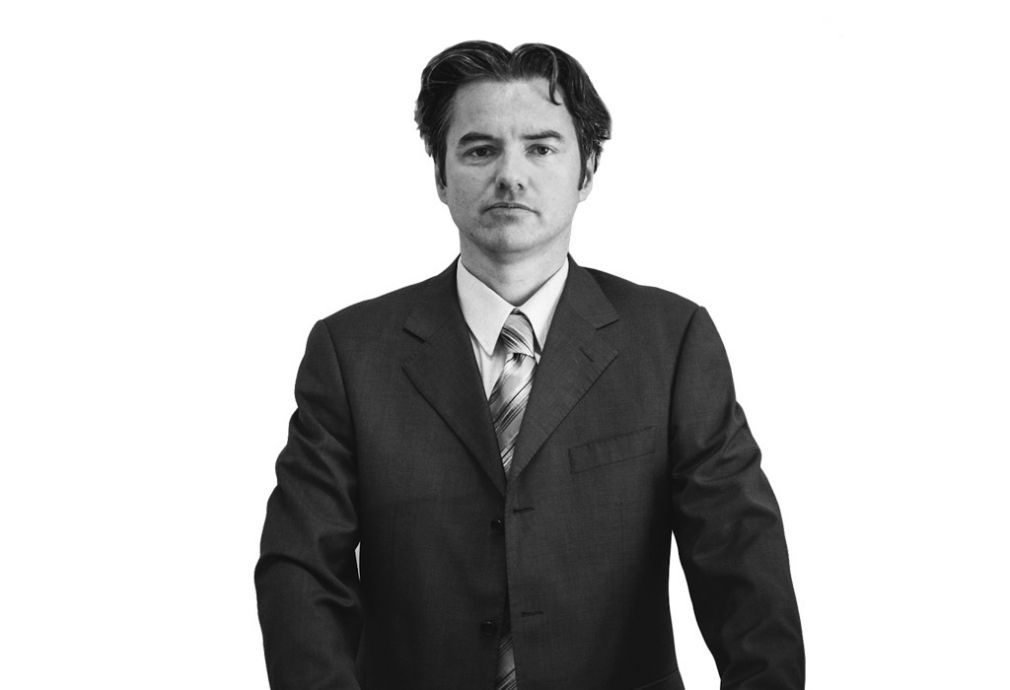In our magazine we often point to the year 1945 as the most tragic year for the Slovenian nation, because at that time we as a nation came from one totalitarianism to another; from Nazi to Communist. This is a year marked by the post-war massacres of members of the Slovenian National Army and all others who did not like the new regime. Genocide was committed against the most patriotic part of our nation.
But for the Slovenes, in geopolitical terms, one of the most tragic years was undoubtedly 1920, when in July of that year we experienced the burning of the Slovenian Narodni dom (national home) in Trieste and in November of the same year the loss of the entire Primorska and part of Notranjska – namely, at that time, the so-called Treaty of Rapallo was signed, which determined the border between the Kingdom of Serbs, Croats and Slovenes and the Kingdom of Italy. In the same year, on October 10th, 1920, a plebiscite was held in southern Koroška (Carinthia) on the basis of the Peace Treaty of Saint-Germain (signed on September 10th, 1919). The plebiscite was similarly unfavorable for the Slovene nation, as the majority of the population voted in favor of joining the Republic of Austria and not the Kingdom of SHS, which was too Balkan-oriented. With this, the Slovenes lost an important part of the Slovenian national territory, which in the Slovenian national consciousness was considered the »cradle of Sloveneness«.
On Monday, in the presence of the Slovenian President Borut Pahor and the Italian President Sergio Mattarella, the Narodni dom in Trieste, which was burnt down by the Italian fascists on July 13th, 1920, was symbolically returned to the Slovenian national community in Italy. Thus, the symbol of Sloveneness was attacked in the city, in which more Slovenes lived at that time than in Ljubljana. That day remained vivid in the memory of the writer Boris Pahor to this day. He experienced it as a child. Difficult times began for the Slovenes in Primorska, who found themselves under Italian occupation after the end of the First World War. It was similar for our compatriots in Koroška …

